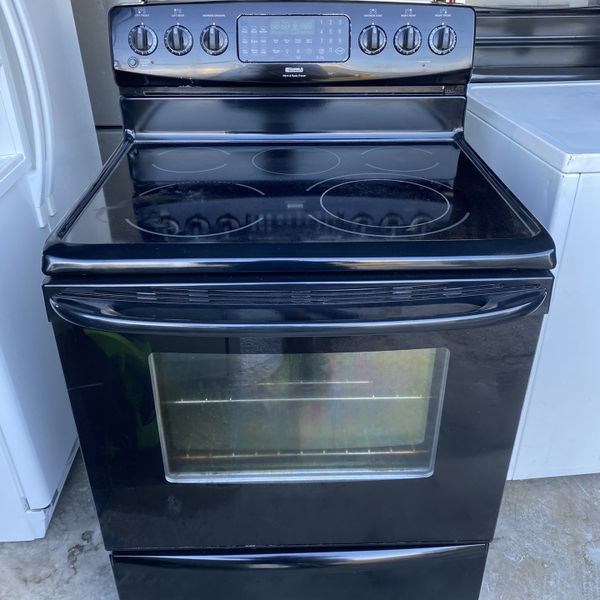
If you spot any issues like low temperatures and uneven heating or turning the control knobs doesn’t increase the size of the flame, you may have an issue with the regulator or burners, or there may be a blockage in one of the tubes.

There is also typically a heat plate located above the burners to help distribute heat evenly and catch food drippings. From there, the gas continues through venturi tubes where it mixes with oxygen so it can burn, then into the burners and out through the burner ports where flames are visible. It then travels through a manifold that divides the gas up between the burners before it passes through the control valve where you can adjust the flow rate to control temperature. When it leaves the tank, the propane gas passes through a regulator that controls the pressure. The flame on a propane-powered gas grill is fed by gas that starts in the propane tank. Low temperatures and uneven heating are usually easily solved in just a few simple steps, but before you start troubleshooting, it helps to understand how your grill works so you can more easily determine what parts might be causing the issue. If you’re wondering why your bbq isn’t getting hot enough, there are a few easy tricks you can try to get it back in business before you look into replacing parts or getting a brand new grill. If your grill is working properly, gas will be evenly distributed to the burners, the flames themselves will be blue with yellow tips, and your grill will heat up quickly. Cooking on a gas grill requires heat that is generated by a flame.


 0 kommentar(er)
0 kommentar(er)
